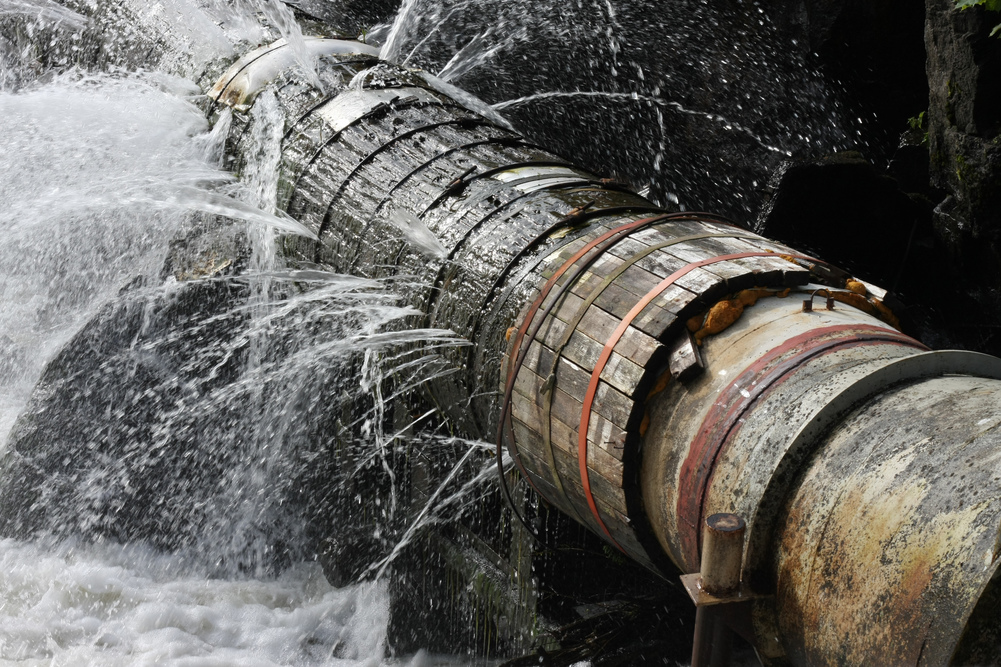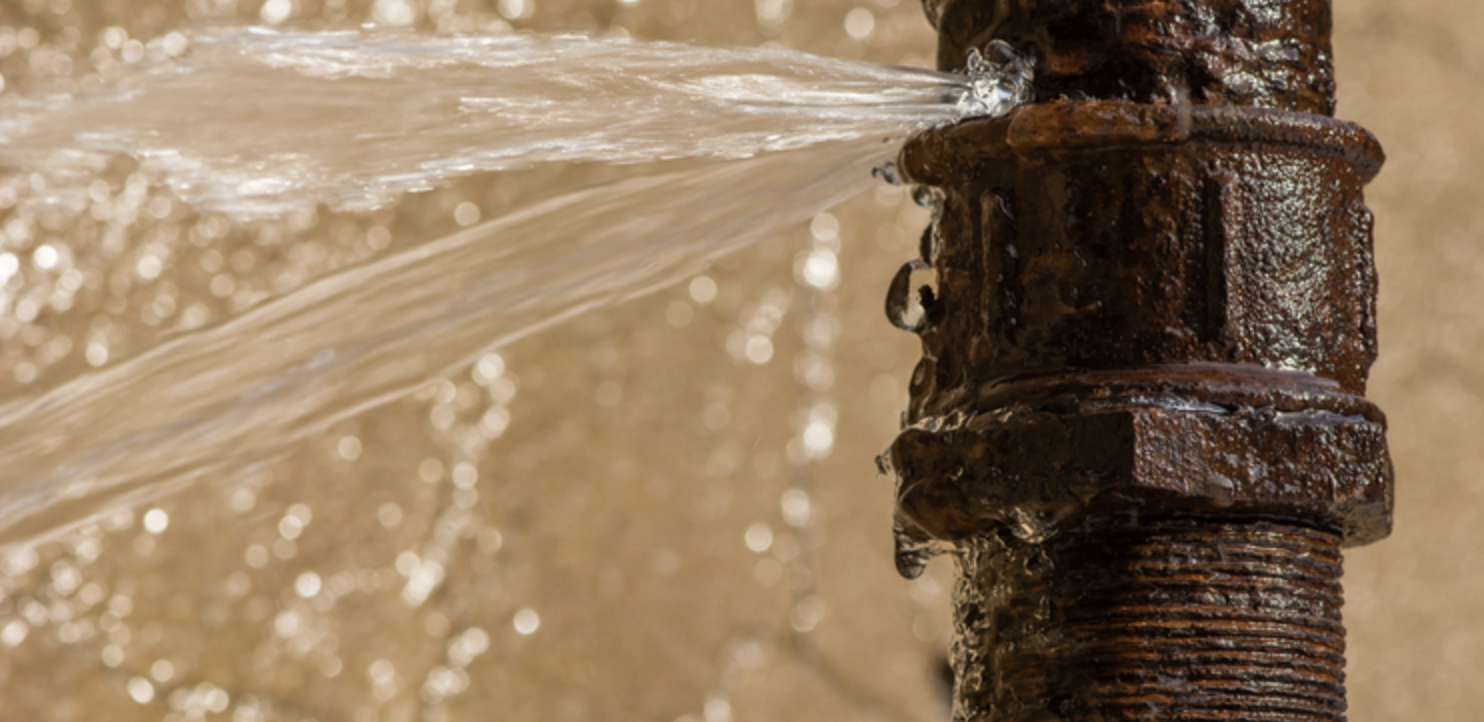Essential Things You Need to Know About Septic Tank Maintenance
Essential Things You Need to Know About Septic Tank Maintenance
Blog Article
We've come across the article on The Do’s And Don’ts After Water Damage down the page on the web and figured it made good sense to talk about it with you on this page.

What should you do if a water pipe bursts in your home? Do you want a mini-waterfall and flooding in an area of your residence? If you find yourself in this circumstance, you have to act quickly. The longer you wait, the extra extreme the damages that can occur to your home. The presence of mind is type in these occasions. For these reasons, you need to learn just how to act in case of a burst water pipe. Look into the adhering to ideas below to help you act quickly since time is essential.
Shut Off the Key Waterline Shutoff
Look for the local shut-off shutoff to turn off the water in one certain area just. If you don't recognize where the localized shut-off shutoff is, go for the main water line shutoff and transform it off. Usually, the primary valve is discovered outside the home next to the water meter.
Call Water Damages Restoration Pros for Assistance
After shutting the water source, call the specialists for assistance. Since the pipelines needed to be taken care of as well as there is a demand to deal with the various other problems to your building, this situation is not something you can do some Do it yourself. If you can not deal, seek assistance from a trustworthy company using 24/7 emergency solutions. With their expert assistance, you can stop a lot larger water damage including deformed walls, loose tiles, or damaged frameworks. Do not take this trouble lightly as well as seek specialist advice for your complete assurance as well as a legitimate remedy.
Record the Damages For Insurance policy
While you're waiting for the pros to arrive, get some paperwork of the damage triggered by the errant pipe. Take photos as well as video clips of whatever. Do close-up shots of the harmed belongings as well as areas. Your paperwork will function as evidence for your property owner's insurance coverage. Keeping positive with this circumstance helps you to file a claim for coverage, which will further support you and also your family members to come back on your feet.
Salvage Points That Can Be Conserved
Check out the harmed products and take out the most important ones from the pile as soon as you're done taking photos. Dry them off in a dry/warm place far from the broken area and attempt to maintain them as long as you can. Drag as much moisture as you can to the product so it can start to dry out.
Start the Drying Refine
You require to start the drying out procedure immediately. Thankfully, the water from your waterlines is currently clean so you don't need to fret about sewer water. The flowing water might have disrupted the dirt and particles in your rugs and also floorboards. In this instance, put some handwear covers on as well as start some troubleshooting. Use pails to dispose out the water. Remove as much water as you can from the surfaces with old towels. Turn on an electrical fan or open your home windows to promote air blood circulation. These steps will certainly quicken to completely dry as well as hinder mold and also mildew development.
Experts are the only individuals qualified to evaluate appropriately and also fix the burs pipes as well as succeeding damage. They typically provide quiet red flags like gurgling paint, water stains.
What should you do if a water pipe ruptureds in your residence? For these factors, you need to discover exactly how to act in the occasion of a ruptured water pipeline. After closing the water resource, call the specialists for help. With their expert help, you can protect against a lot bigger water damages including warped baseboards, loosened floor tiles, or harmed frameworks. Thankfully, the water from your waterlines is already clean so you don't have to fret concerning sewage system water.
How to Handle a Burst Pipe and Minimize Damage
Steps to Take Ahead of Time
If you own property in an area that experiences cold weather, you need to be aware of seasonal maintenance tasks that will help you protect your property as the weather changes each year. One of the most important steps is to winterize your pipes to ensure they won't freeze or burst when the temperature drops. This includes action items like insulating any exposed pipes, detaching garden hoses and covering outdoor faucets. If the weather gets cold enough, you may even consider leaving a faucet dripping or opening cabinet doors during the coldest parts of the day.
No matter how prepared you might be, accidents and emergencies still happen. You'd be wise to set up a savings account specifically for your property so you have a "rainy day" fund set aside for unexpected expenses. All homes—regardless of age, location or condition—will inevitably need some form of emergency repair.
Steps to Take for Frozen Pipes
A frozen pipe will not necessarily burst, so if you can catch a frozen pipe early on, you could save yourself a major headache. When your area experiences frigid temperatures, be sure to check your plumbing and keep an eye out for warning signs like faucets only releasing small amounts of water or toilets not refilling when flushed. If you do run into one of these issues, you're likely dealing with a frozen pipe.
If this happens, your first step should be to cut off the water supply to that section of the plumbing. Expanding and freezing water can quickly cause damage. Even if the water supply is shut off, you will likely still deal with some leaking from the water that defrosts after the pipe has thawed. Be prepared with a mop, bucket and/or towels to quickly soak up any excess water.
In order to thaw a frozen pipe, you can use a space heater, infrared or incandescent heat lamp, or even a hairdryer to warm up the frozen area. Heat tape is also an option and should be used according to manufacturer instructions. Do not use any sort of open flame to thaw frozen pipes, as it poses a major fire hazard and can damage your pipes further.
Steps to Take for a Burst Pipe
Water damage claims are the second most common insurance claim in the U.S. When you're dealing with a frozen pipe, the water continues to expand as it freezes, which creates pressure that can cause a pipe to burst. When this happens, the crack or leak in the pipe allows water flow from the pipe to enter your home where it shouldn't. If a pipe does burst, you need to act quickly to mitigate property damage and repair cost.
Your very first step should be to shut off your main water supply to minimize flooding—typically the most expensive damage to address. Once you've shut off the water supply, make sure you identify the entire area that has been impacted by the leak. Remove as much water as possible—as quickly as possible—using a mop, sponges, towels or a shop vacuum or wet/dry vacuum. To prevent long-term damage due to moisture build-up, run a dehumidifier or fan in the affected area. Contact a licensed plumber to ensure the pipe is correctly repaired before running any water to that section of the home again. Burst pipes and the associated water damage are something you absolutely want to avoid as a property owner. If you've had to learn your lesson the hard way, don't let yourself get caught in a similar situation during the next spell of cold weather. The best way to deal with frozen or burst pipes is to prevent them in the first place—proactive winter maintenance will save you time, money and a whole lot of stress.

I found that piece on Do’s And Don’ts For Homeowners Managing With Water Damage while browsing on the web. Sharing is caring. You just don't know, you will be helping someone out. I praise you for your time. Visit again soon.
Report this page